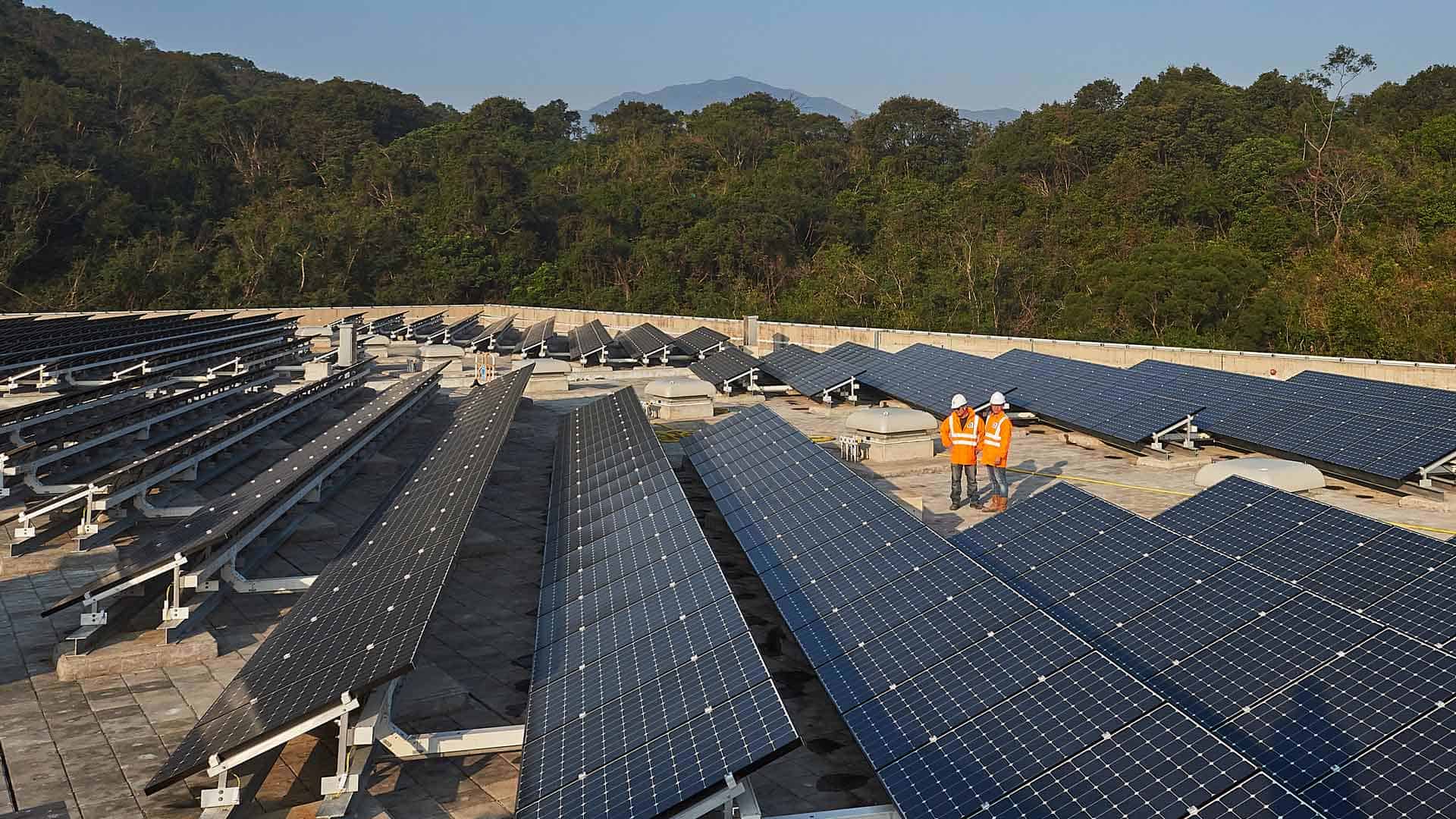Dubai, UAE — Despite the ambitious net-zero GCC oil companies targets, GCC oil companies appear relatively unfazed, at least for the immediate future, showcasing their resilience in the face of change, according to a report.
A recent report by S&P Global Ratings, titled “Net-Zero Targets Leave GCC Oil Companies Unperturbed For Now,” illuminates how national oil companies (NOCs) in the region are handling the preparing to meet the challenge.
The report suggests that GCC NOCs can comfortably absorb the incremental investments needed to transition to net zero without jeopardizing their creditworthiness. This financial resilience stems from their strong balance sheets, with reported average debt-to-EBITDA ratios below 2.0x.
This translates to less reliance on external financing and greater flexibility in managing cash calls, capital expenditure needs, and dividend distributions.
But financial strength alone won’t pave the path to net zero. The report estimates that GCC NOCs must significantly ramp up their low-carbon investments, with an annual range of US$15 billion to US$25 billion needed until 2026 to stay on par with global peers. While this may seem daunting, S&P Global Ratings believes it’s manageable. Even after factoring in these investments, the overall impact on NOCs’ debt-to-EBITDA ratios is expected to remain comfortably below 2.0x.
The report also underlines the immense potential for renewable energy and green hydrogen solutions to drive a low-carbon future for GCC countries. Given the current low share of renewables in their energy mix compared to other regions, significant investment in this sector is anticipated.
This presents a promising opportunity for green, social, sustainable, and sustainability-linked bond issuance, attracting investors seeking environmentally conscious investment options and fostering a sense of optimism for a greener future.
Looking beyond the numbers, some GCC NOCs are taking concrete steps toward sustainability. Following COP28 in 2023, a critical international climate conference, companies like UAE-based ADNOC significantly increased their planned low-carbon investments. This exemplifies a growing commitment to aligning with global trends and achieving net-zero targets.
However, the report also underscores the delicate balancing act these companies face. They need to invest in a low-carbon future while maintaining healthy dividend distributions to shareholders. Striking the right balance will be crucial for long-term sustainability and investor confidence, emphasizing the need for caution and strategic decision-making.

